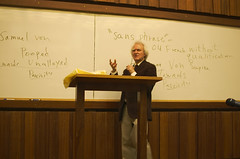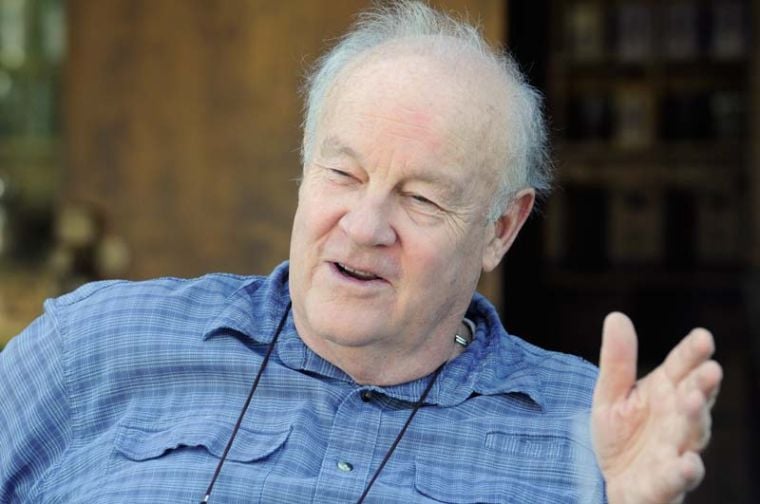

Cesar did not hear of RFK’s death while driving somewhere in his car-we had been in LA doing the “get out the vote” that won him the primary, and some of us were with him in the ballroom when he was shot, on his way to thank the farm workers for their help.

This “march” strategically linked efforts to promote the UFW’s first boycott, to deter farm workers from returning to Delano in the spring, to pressure then Governor “Pat” Brown to intervene on the UFW”s behalf and to rekindle the faith, hopes and solidarity of the 100 to 200 people at the core of the movement and their supporters. The “kick-off” was timed to take advantage of national media in town to cover Senator Robert Kennedy’s participation in hearings held in Delano, orchestrated by the labor movement. But oddly, although a commitment to nonviolence was a condition for undertaking the strike in the first place, shaping the way it unfolded, the film portrays nonviolence as a reaction to events in the strike.Įvents depicted as spontaneous in the film, such at the 1966 “perigrinación” from Delano to Sacramento, were, to the contrary, a result of sustained, careful planning. The commitment to nonviolence was based both on his appreciation of Gandhi’s methods and the way in which the civil rights movement, and reaction to it, had been unfolding every day. When I met him in 1965, he was reading Churchill’s The Gathering Storm because, as a student of Gandhi, he wanted to learn how his opponent thought. But the film depicts him largely as a creature of impulse, committed to be sure, but not the brainy strategist who took special joy, as he put it, in “killing two birds with one stone…and keeping the stone.” He was a learner, a deeply curious autodidact who thrived on constantly probing diverse sources of information: books, people and experiences. A believer in the rhetoric of action for many years, he rarely held press conferences, speaking to the public instead from the scene of the action.Ĭesar could be a brilliant strategist, a skill observable in agile, imaginative interaction with determined opponents, turning apparent weakness into sources of strength.


In the film, he gives speeches, which he avoided, and engages in shouting matches on the picket line, which he never did. This required a focus on people, their strengths and weaknesses, the dynamics of power and work behind the scenes. Cesar was an organizer’s organizer, the craft in which he prided himself.


 0 kommentar(er)
0 kommentar(er)
